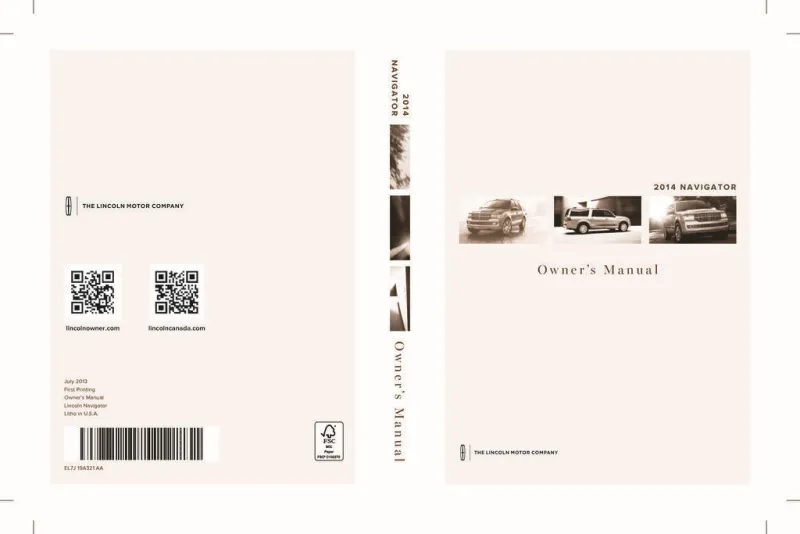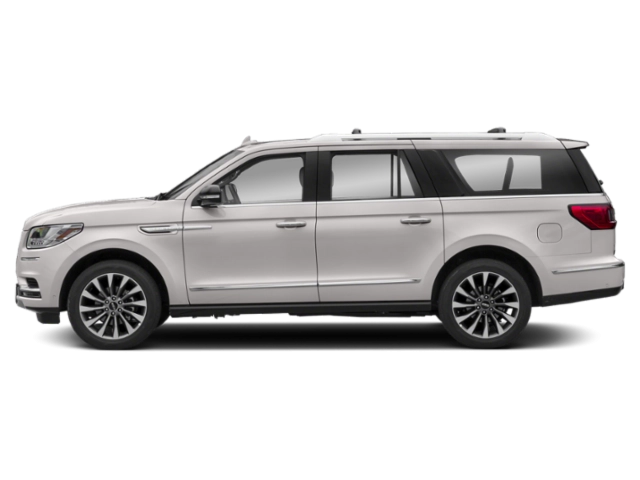2014 Lincoln Navigator Owner's Manual

Table of Contents
2014 Lincoln Navigator Overview
Introduction
The 2014 Lincoln Navigator is a luxurious full-size SUV that merges sophisticated style with impressive performance capabilities. With a rich heritage rooted in American craftsmanship, the Navigator stands out as a symbol of comfort and authority on the road. Its spacious and refined interior caters to families and individuals alike, making it an ideal choice for those who prioritize elegance and versatility in their vehicle.
Powertrains
Under the hood, the 2014 Lincoln Navigator packs a powerful 5.4-liter V8 engine, which effortlessly delivers 310 horsepower and 365 lb-ft of torque. This robust engine is mated to a six-speed automatic transmission, providing smooth shifts and responsiveness for a dynamic driving experience. The Navigator also offers the choice between rear-wheel drive and all-wheel drive systems, ensuring optimal traction and control in various driving conditions.
Trims
The 2014 Navigator is available in two distinctive trims: the base Navigator and the higher-level Navigator L. The standard model comes well-equipped with a host of premium features, while the Navigator L offers enhanced cargo space and rear legroom. Both trims reflect Lincoln's commitment to luxury, with elegant design elements and superior craftsmanship throughout.
Features
Inside, the Navigator boasts a lavish cabin equipped with leather upholstery, wood accents, and advanced technology. Standard features include a premium sound system, a rearview camera, Bluetooth connectivity, and a navigation system. Additional options such as heated and cooled front seats, a dual-screen rear entertainment system, and adaptive cruise control enhance the driving experience, ensuring every journey is a pleasure.
Owners Manual
The owner's manual for the 2014 Lincoln Navigator serves as a comprehensive guide, providing detailed information on vehicle features, maintenance schedules, troubleshooting tips, and safety instructions. It is an essential resource for owners, ensuring they can maximize the vehicle's capabilities while maintaining its luxurious condition.
User manual download
The Lincoln Navigator owner manual for the 2014 model year is to be found in PDF downloadable format on this page. The owner manual for the model year 2014 is free and in English, but the repair manuals are usually not easy to get and may cost more.
Manual Questions
Fill the form below and someone will help you!

